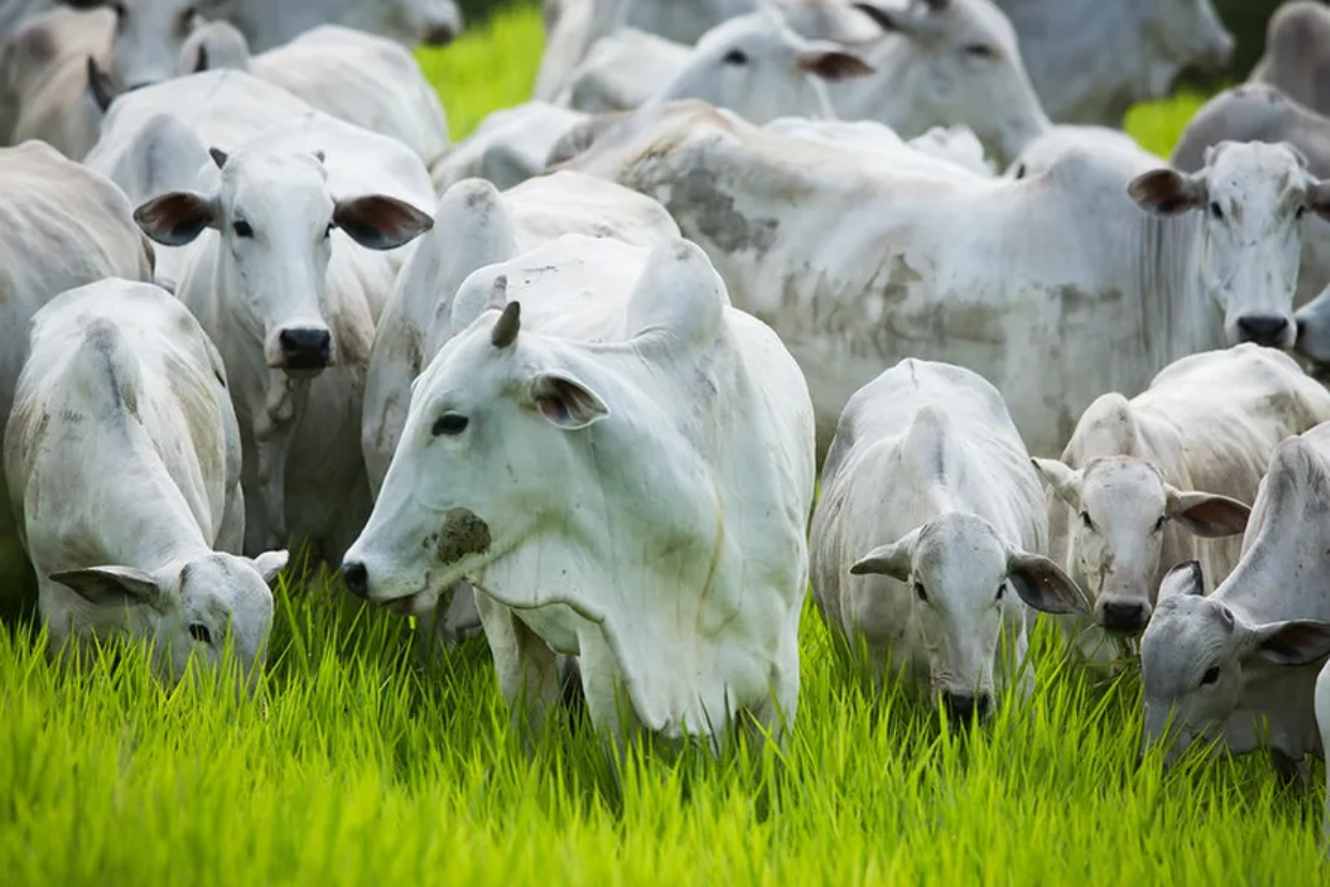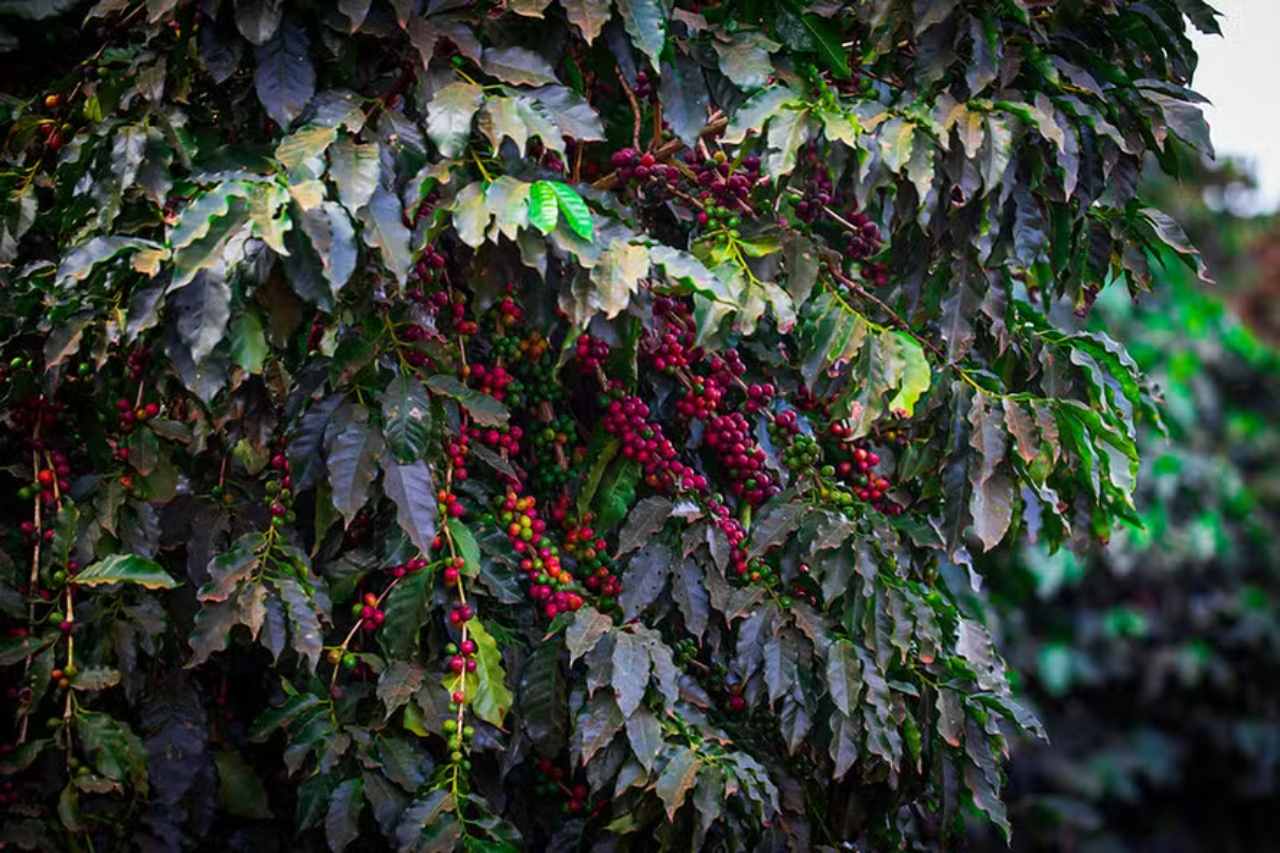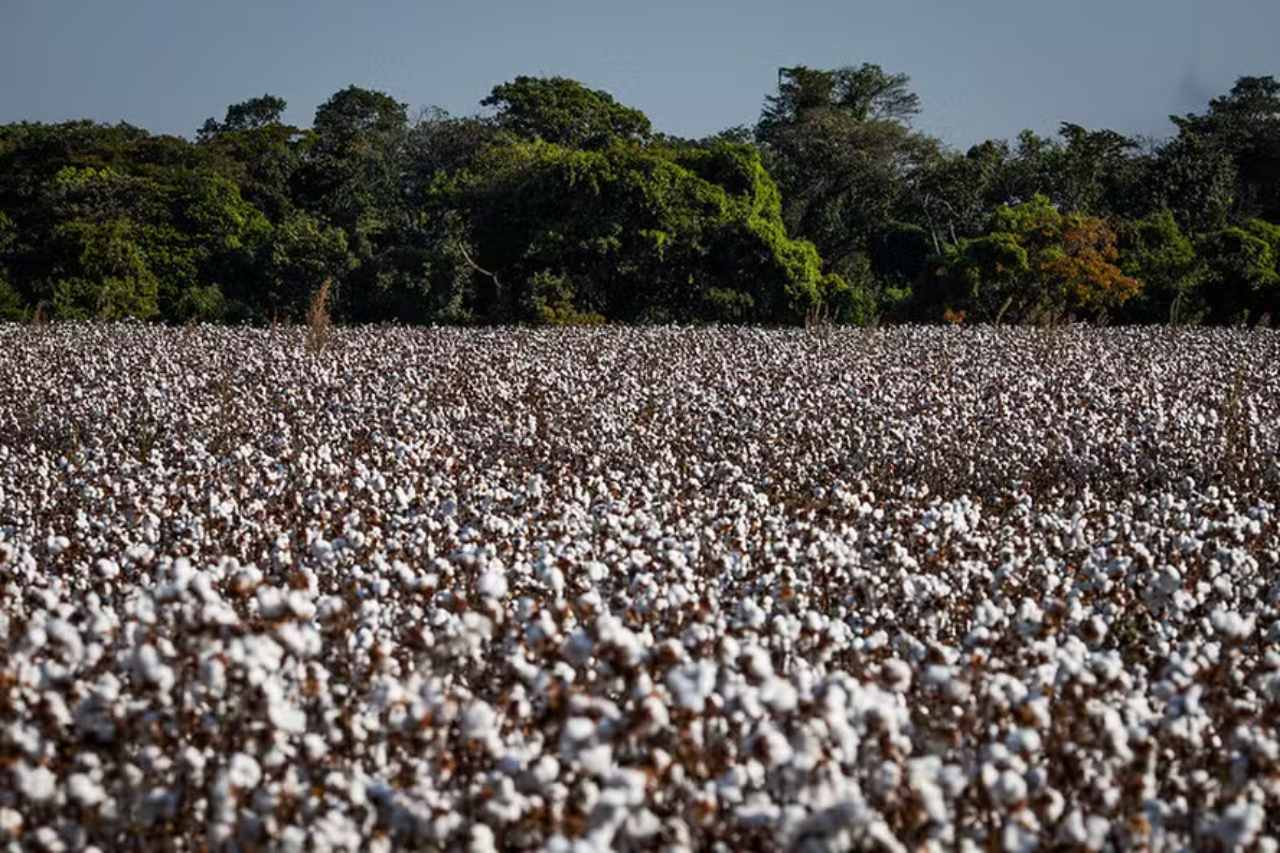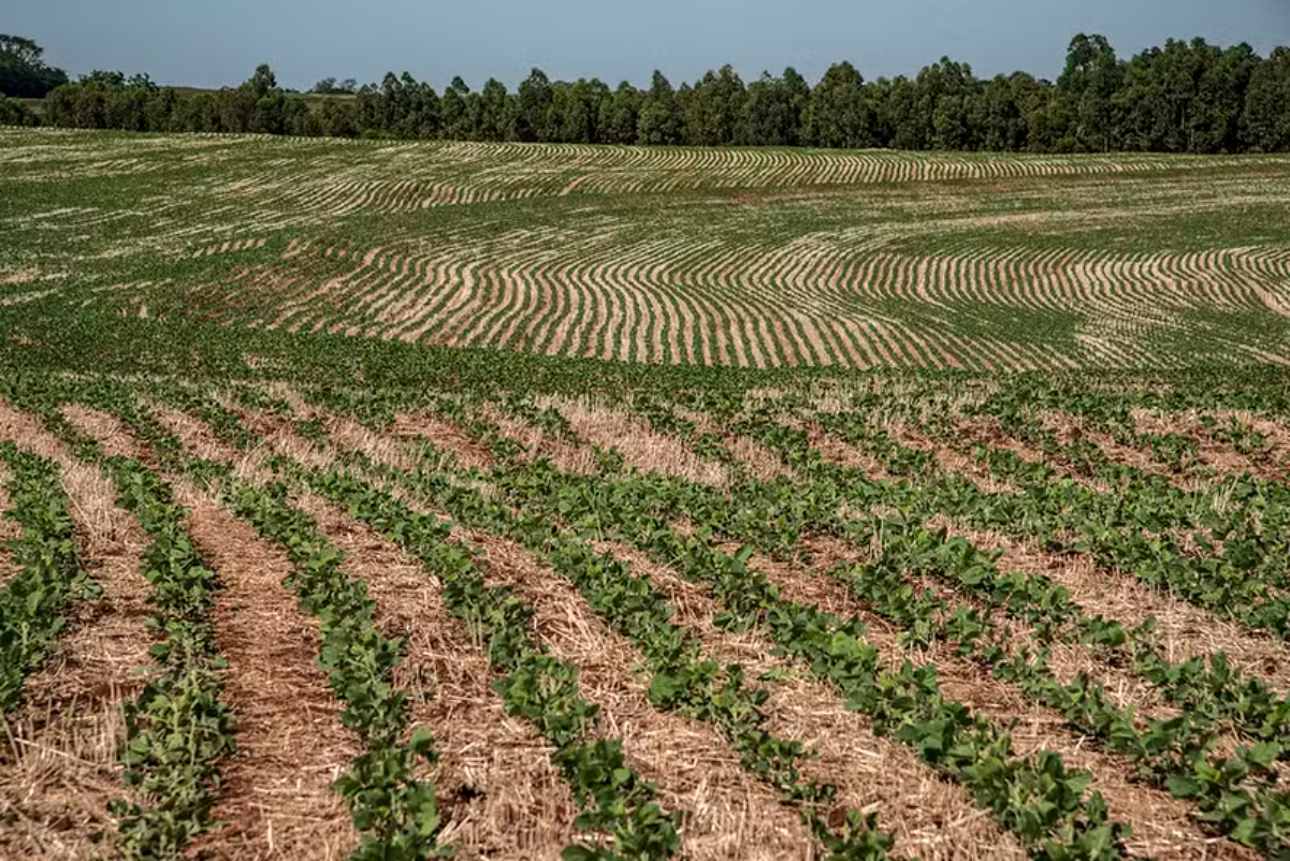The Nelore breed accounts for over 80% of Brazil’s cattle population.
The Nelore breed, dominant among Brazilian cattle, has undergone extensive genetic improvement in Brazil. Although originally used for milk production, Nelore has become almost exclusively focused on beef production.
Origins and Distribution
Nelore cattle originated in India and were brought to Brazil in the late 19th century. Today, they represent approximately 80% of the nation’s beef cattle herd. The breed thrives particularly in Brazil’s Southeast, Midwest, and Northern regions, with strong presence in states like Minas Gerais, Mato Grosso, Goiás, and Tocantins.
Key Characteristics of the Nelore Breed
According to the Brazilian Association of Nelore Breeders (ACNB), the Nelore cattle are:
- Healthy and Vigorous: With a strong yet light bone structure and compact, evenly distributed musculature.
- Distinct Sexual Dimorphism: Males display pronounced masculinity, while females show graceful femininity, with both exhibiting active and docile temperaments.
- Head Structure: Nelore cattle have a straight, wide profile in males, and a narrower, more delicate profile in females. Their black, broad snouts with dilated nostrils are characteristic.
- Heat and Parasite Resistance: Their fine, dark skin and unique hair texture naturally repel insects. Additionally, their oily secretion intensifies under heat, providing further protection.
- Adaptation to Tropical Conditions: Nelore cattle excel in utilizing coarse feed and thrive in tropical climates, partly due to their larger surface area relative to body mass and numerous sweat glands.
Both males and females display exceptional reproductive longevity, contributing to the breed’s dominance.
Why is Nelore Brazil’s Leading Cattle Breed?
- Coat Color: The light-colored coat reflects sunlight, mitigating the effects of tropical heat.
- Adaptability: Renowned for thriving in nutrient-poor pastures and varying climates.
- Reproductive Efficiency: Physiological traits support high fertility rates.
- Meat Quality: Known for its flavorful meat with low marbling fat content.
- Disease Resistance: The breed’s physical traits provide strong defenses against diseases and parasites.
The Rise of Nelore in Brazil
The Nelore, derived from the Indian Ongole breed, was initially used for milk and transportation in India. Its journey to Brazil began in 1868, when a ship destined for England docked in Salvador, leaving behind a pair of Nelore cattle.
In 1878, Manoel Ubelhart Lembgruber imported another pair of Nelore cattle after discovering them in a German zoo. Subsequent imports from India followed, contributing to the breed’s growth. By 1938, Brazil had formalized Nelore breed standards with the establishment of a genealogical registry.
The last major Nelore imports occurred between 1960 and 1962, with cattle undergoing quarantine in Fernando de Noronha.
Nelore in Modern Brazil
Brazil now boasts over 200 million cattle raised on pastures, with Nelore or Nelore-crossbred cattle making up 80% of the beef herd—approximately 100 million head.
The breed’s adaptability, heat resistance, and efficiency make it a cornerstone of Brazilian beef production, meeting both domestic and international demands.
Also read: Cattle Breeds: An Overview of the Main Breeds for Farming
For more relevant news, remember to come back at Brazil Agriculture!





